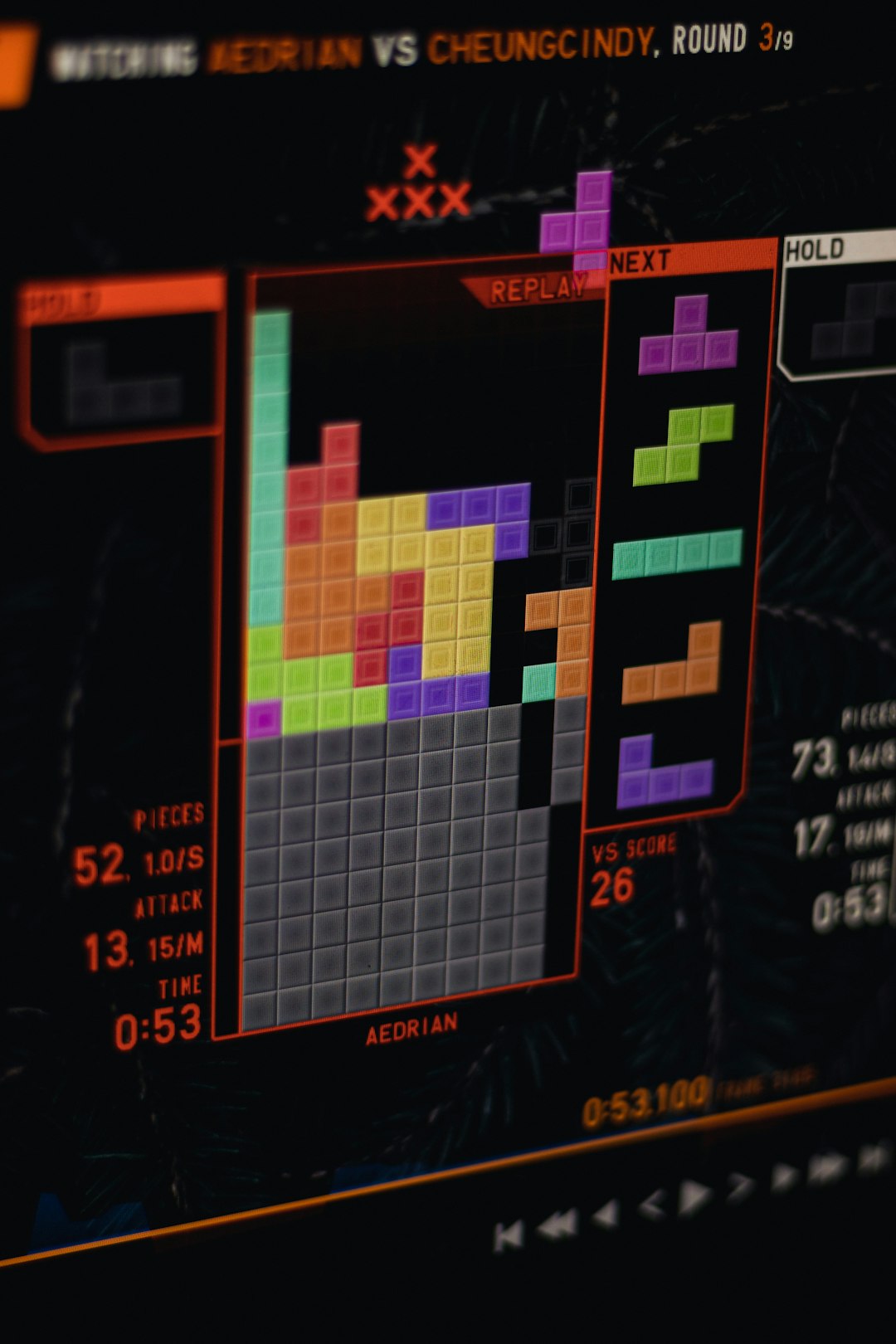In the world of online gaming, staying competitive often means optimizing every detail of your setup—from your hardware to your internet connection. One commonly discussed factor is ping, which refers to the network latency between a player’s device and the game server. A ping of 200 milliseconds (ms) is seen by many as problematic, but just how much of a disadvantage is it in practical gameplay scenarios?
Understanding Ping and Latency
Ping is the time it takes for data to travel from your device to the server and back. Measured in milliseconds, ping influences how quickly actions you perform in a game are reflected in real time. Anything under 50ms is considered excellent, 50–100ms is good to fair, 100–150ms is mediocre, and anything above 150ms often introduces noticeable lag.
At 200ms, the delay becomes significantly noticeable, especially in fast-paced genres like first-person shooters (FPS), real-time strategy (RTS), and competitive fighting games.

Key Disadvantages of 200ms Ping
Playing with 200ms ping imposes various drawbacks that can impact your effectiveness and enjoyment of the game. Here are the most critical disadvantages:
- Input Delay: Your actions, such as shooting or dodging, are registered 0.2 seconds later, which can be detrimental in reaction-based scenarios. In some games, that slight delay can be the difference between winning and losing an encounter.
- Desync Issues: You might see yourself take cover or perform an action, but the server disagrees due to the delay, causing situations where you get hit even behind objects or walls—a phenomenon often referred to as “getting shot behind cover.”
- Rubberbanding and Lag Compensation: Your character may jump back and forth unpredictably (rubberbanding). Some games implement lag compensation to try evening the playing field, but that can create further instability and even give an advantage to high-ping players, which is controversial.
- Communication Breakdown: In team-based games, having a delay can strain communication. Even with voice chat, your reactions and calls will be slightly behind.

Game Type Matters
Not all games respond equally to high ping. Here’s a breakdown of how a 200ms ping affects different genres:
- First-Person Shooters (FPS): Highly affected. Games like Call of Duty, Counter-Strike, and Valorant demand quick reactions, and any hesitation is punishing.
- Real-Time Strategy (RTS): Moderately affected. While timing matters, planning and macro strategies are more forgiving of delay.
- Massively Multiplayer Online (MMO) Games: Mildly affected. These games often have looser timing windows, making 200ms more manageable.
- Turn-Based Games: Rarely affected. Latency is largely irrelevant in games with clearly defined turns.
Possible Workarounds
While playing on 200ms ping isn’t ideal, certain steps can help reduce its impact:
- Choose Local Servers: Always pick servers geographically closer to reduce latency.
- Use a Wired Connection: Avoid Wi-Fi where possible; Ethernet is faster and more stable.
- Close Background Applications: Ensure no other devices or apps are heavily using your bandwidth.
- Use Gaming VPNs: Some services can reroute traffic more efficiently, potentially reducing ping.
Final Thoughts
A 200ms ping is a significant disadvantage in competitive gaming environments—particularly in fast-paced or PvP-focused games. While casual gamers might overlook the delay, competitive players will likely find it frustrating and limiting. However, with proper optimization and by choosing appropriate game genres, it is still possible to enjoy many online games even with higher-than-ideal latency.
Ultimately, investing in a good internet connection and optimizing network settings are essential for anyone seeking a consistent and fair multiplayer experience.


